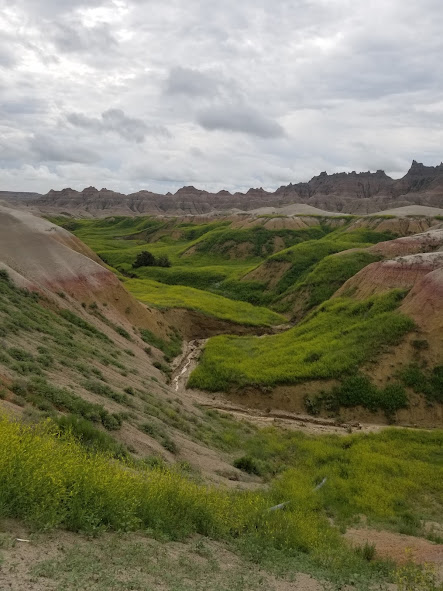Creating a Campaign - Storyboard
As indicated in the previous post, the Introductory Phase serves to lay out the pieces of a much larger puzzle. Characters are introduced to all components required to launch the story. The during this phase, specific roles and character profiles occur at face value. Nefarious schemes and criminal masterminds are not introduced during this story component.
The Storyboard phase takes the personalities introduced and broadens their interaction with the players. This is also the section which follows the standard story cycle taught in high school English classes: Introduction, Rising Action, Conflict, Resolution. Tortured Earth stories usually have 2 - 3 such adventures. Each adventure leads the characters to discover new components on a much larger story arch. Each adventure also is a contained story cycle - giving the players a sense of accomplishment at the end but also posing new questions as to the larger workings around them.
In Mountains of Mists and Mystery, a ranger is killed and the group is hired by a community to escort his young daughter to the safety of town. They are also asked to investigate the circumstances of her murder and return with any information gathered. If investigated, they group finds the murder scene. Successful Observation checks can reveal an necklace with an acrylic pendant and an IR chip embedded inside.
In a separate adventure, the characters may use this pendant as a key to enter a spaceship. Although these stories are separate missions and - on the surface - operate as independent stories, they are connected with one another. The players only see the larger scheme of the master story arch by maneuvering through the Story Board components.
A few things to keep in mind when constructing a Storyboard:
- Not all Storyboard elements need to be epic. Saving kittens from trees can be as perilous as raiding a dragon's lair to the creative GM. Seemingly mundane missions can take horrible turns and lead the characters to discover unexpected elements of your master story arch. Many GMs fall into a rut thinking all adventures should center on killing stuff. Although combat is certainly an entertaining feature of game play, it isn't the GMs only option. Searching for raw metals to create a sword actually offers more opportunities to discover story elements than hunting and killing random creatures.
- Make sure your encounters are appropriate for the environment AND skill level. Tortured Earth offers the luxury of scalable creatures. You can fight the same monsters at Rank 0 and Rank 5. Due to the escalating skills of our creatures, the Rank 5 encounter will be just as challenging as the Rank 0 when used at the appropriate character rank. In systems using Level based creatures, it is important creatures be chosen to match the characters skill set.
- When constructing encounter environments, try to envision how these would really be used. Over the years, I've played a lot of adventures and seen a lot of dungeon crawls. There is always the dungeon with elaborate constructions and expansive detail put into the majesty of the rooms. The writers describe abandoned cities once home to thousands and statues of magnificent proportion marking every crossroad. Despite the clarity of the creators vision, they never took a step back and asked themselves one simple question. Where are the bathrooms? No matter the construction, something built it to be used. A lot of reality can be folded into any genre simply by adding mundane features you find in your home.
- Keep in mind, the most monstrous villain has to have some point of contact with their species. This is a hard pill to swallow for many writers. We want villains to be villains. They are bad because that is what they are. You will find a greater connection with the story if your players actually connect with the antagonist at some point during the story. I'm sort of a twisted GM. I find the best antagonist are those the characters are responsible for creating. There is a bit of story driven guilt in their need to stop the antagonist, but also in recognizing they are a contributing factor to their downfall.
If you are checking out this post for the first time, you may access our website by clicking here: Tortured Earth Website
If you are interested in the creature development process, you may submit your own creatures by filling out the following form. We will review the forms before publishing the creatures to the website. Creature Creation Form
If you would like to see what Tortured Earth looks like, the GM portion of the rule book is available as a free download on the Tortured Earth Home Page. Tortured Earth Beta GM Guide


.jpeg)

Comments
Post a Comment